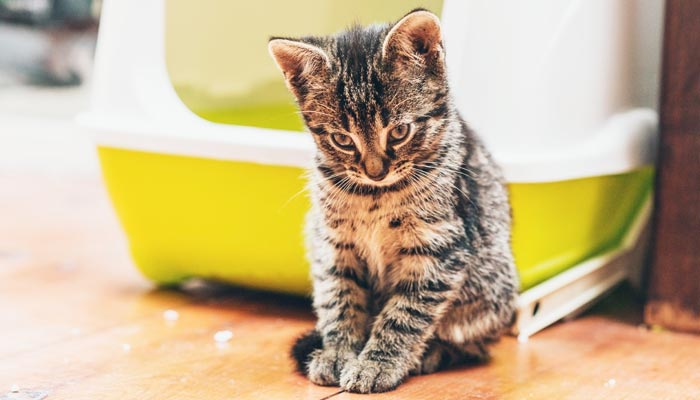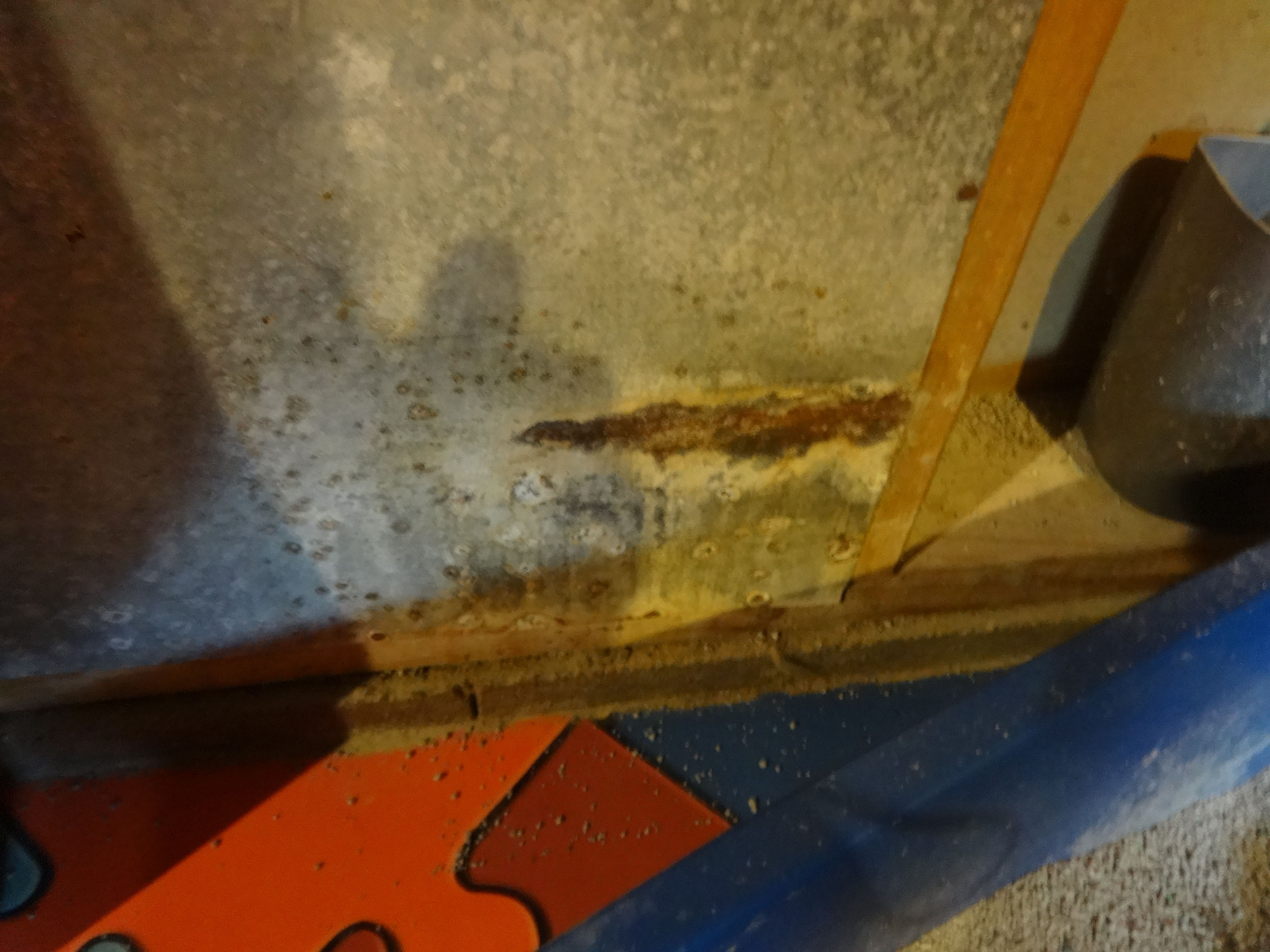How does your cat affect your home’s heating and cooling?

Many of us love furry felines, but few people realize that a cat’s litter box is not furnace friendly, and it’s not good for your home’s overall air quality either. Why? Cat litter dust can become caked onto your furnace’s flame sensor and burners, causing your furnace to refuse to start or run at sub-optimal levels. Dust from the litter box also affects air quality, and our technicians often see corroded sheet metal in places where the litter box was placed too close to the furnace.
1. Flame Sensor – What is it, and what does it do?
The flame sensor is a device located at the burner assembly. The purpose of the flame sensor is to confirm to the system that whenever the gas valve is open, fire is actually present. If the unit kept on emitting gas when there was nothing to ignite it, a dangerous buildup of unburned gas would result. When your furnace begins to start up and the burners are ignited, the flame sensor has a very short window of time to detect the flame. If the sensor doesn’t detect any flame, it automatically shuts down the unit. Most units will allow this shutdown three times before going into a “safety lockout” for about an hour before trying again. Trying to start up a furnace without a working flame sensor can cause wear and tear on other parts, reducing efficiency.
2. Air Quality – How to keep the air fresh and clean with cats.
When your cat litter box is located too close to your furnace, some of the related odor and dust in the air gets sucked into your furnace and travels through the ductwork. Besides making the furnace dirty, the air is circulated throughout the home. Having a high-efficiency air cleaner like an Aprilaire model 2210 or Dynamic air cleaner helps with this issue.
 3. Corrosion – How does a litter box damage sheet metal?
3. Corrosion – How does a litter box damage sheet metal?
Another side effect of keeping the litter box close to the furnace is corroded ductwork. Even if you have the cleanest cat, corrosion can occur over time with only a few drops of cat urine on sheet metal each day. In some cases, homeowners eventually must replace the sheet metal encasing their furnace before it completely rusts through and causes duct leakage. Homeowners pay several penalties for duct leakage, such as higher utility bills. In a typical house, 20-30 percent of the air in the duct system is lost due to leaks, holes, and poorly connected ducts, according to Energystar.gov.
Solutions to the Litter Box Furnace Problem
So what’s a cat-loving, conscientious homeowner to do? The easiest thing, of course, is to move your cat’s litter box as well as paint, solvents, gasoline, and other corrosive materials away from your furnace. If you must keep the litter box in the furnace room or utility area, put it in the corner farthest away from your furnace and other sheet metal. You might also consider adding a cover to keep dust out of the air. Having your furnace tuned up by a qualified HVAC technician as part of regular, annual maintenance also is highly recommended. These small changes will significantly reduce the amount of dust in the air while protecting the functionality of your furnace. Plus, you’ll have greater peace of mind while you enjoy your furry friend!

